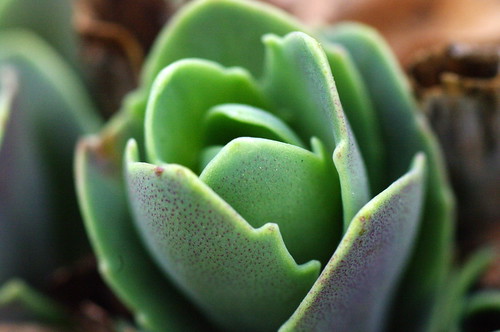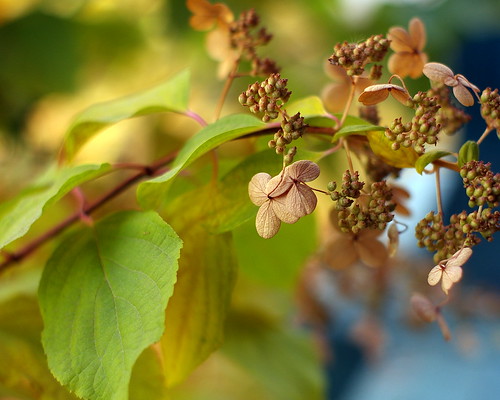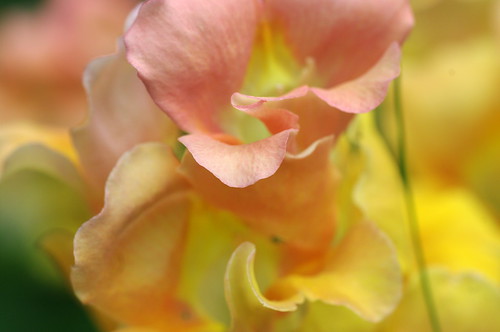 Originally posted by ll_coffee_lP
Originally posted by ll_coffee_lP 
The TAK definitely out resolves the Sigma (although I love my Sigma 70 macro). Look at the leaf that reaches the furthest to the right....
The tak photo you can easily identify the white hairs coming off the leaf. In the Sigma you can barely make it out.
Both are fine, but both are subtly different.
c[_]
I think that's just a focusing issue, though, in that shot. A MF tak focused precisely
is not going to have any FF/BF.
I think color rendition is hugely a function of coatings and the use of good glass, like
ED, etc. A lens with great contrast is going to have the best color, they're almost
functionally the same measurement.
Color cast is another issue - a bluish cast can be pleasant in some situations,
but most people prefer a warmer cast.
Below was taken with the Vivitar/Kiron 75-205 f/3.8 - a very sharp zoom with
excellent resolution, but not the greatest color - I wish I had another shot
taken with another lens to compare, but after shooting these a lot, I always
can notice the characteristics now, hope it's apparent:

Below was taken with the Vivitar Series-1 105 2.5 macro - it has better colors
than the zoom above, but has a bit of a bluish cast:


Almost all Multicoated Pentax lenses just have great, great color, maybe some
cast either way, but still great, IMO. My Nikon D80's 50 1.8 just doesn't have
the color-pop the Pentax 50's seem to have, although it's a different sensor
than my K20D, different rendering engine, etc, so I don't know how much I
can attribute to the lens:
Nikon D80 + 50 1.8  K20D + Super Tak 55 f/2
K20D + Super Tak 55 f/2  K20D + S-M-C Tak 50 f/1.4
K20D + S-M-C Tak 50 f/1.4 (thorium-yellowed + fungus):

But maybe the best color I've seen so far from a non-Pentax lens has been my
Sigma 70 2.8 EX DG macro:


Or maybe the Voigtlander Nokton 58 1.4:


I know these are not 'test results', I'm just trying to illustrate what I can
see in making 1000's of shots - I guess it's kinda like a wine taster putting
a glass in front of you and 'telling' you what you should taste - it's apparent
to someone who has experienced the huge sample period beforehand

.


 Similar Threads
Similar Threads 
































